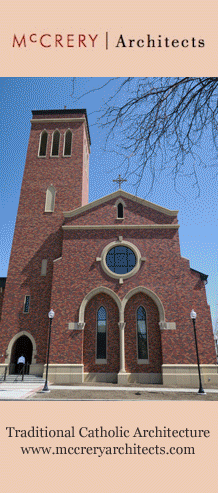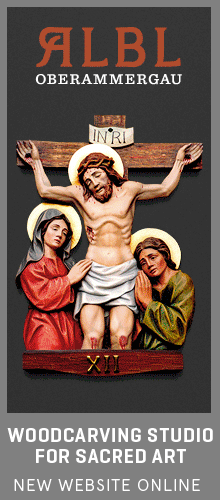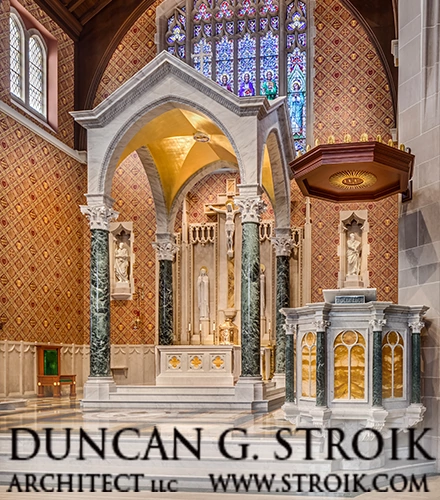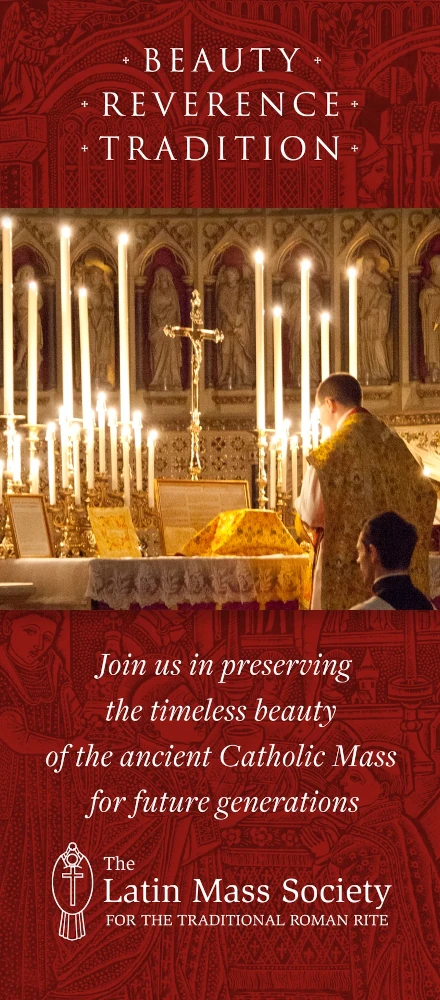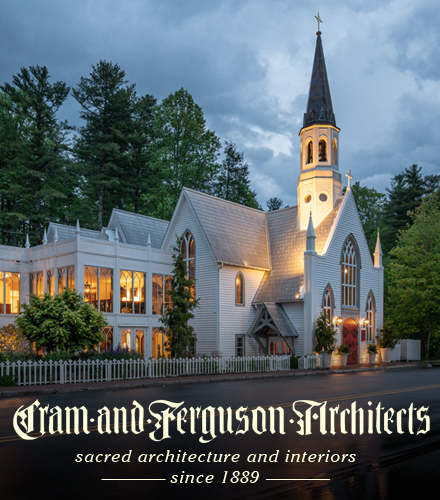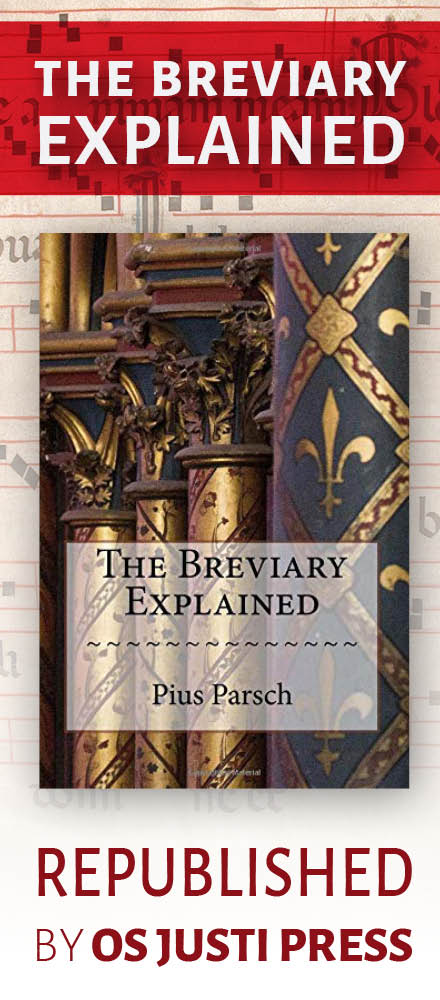In front of 50,000 pilgrims at today's general audience, the Holy Father centered his catechesis, which he delivered completely freely with only some hand-written notes, on Pseudo-Dionysius Areopagita. He also had some interesting words concerning the liturgy, taking up some of his thought about the liturgy as cosmic praise developed in his "Spirit of the Liturgy". Here is my translation of the relevant passage (the entire text in Italian can be found here):
Itis interesting that this Pseudo-Dionysius has dared to use just this thought [of a deified cosmos] to show the truth of Christ; to transform this polytheistic universe into a cosmos created by God, into the harmony of the cosmos of God where all the forces are praise of God, and to show this great harmony, this symphony of the universe ranging from seraphs, the angels and archangels, to man and all creatures which together reflect the beauty of God and are praise to God. Thus he transformed the polytheistic image into a praise of the Creator and of his creature. We can in this way discover the essential characteristics of his thought: it is first and foremost a cosmic praise. The whole creation speaks of God and is a praise of God. The creature being a praise of God, the theology of Pseudo-Dionysius becomes a liturgical theology: God is found above all in praising Him, not only reflecting; and the liturgy is not something constructed by us, something invented to produce a religious experience during a certain period of time; it is singing with the choir of creatures and entering into the cosmic reality itself. And so the liturgy, apparently only ecclesiastical, becomes wide and large, becomes the union of ourselves with the language of all creatures. He [Pseudo-Dionysius] says: one cannot talk about God in an abstract way; talking about God is always - he uses the Greek word - a "hymnein", a singing for God with the great song of the creatures, which is reflected and concretized in the liturgical praise.
You can view a short video clip of the audience here.
UPDATE
An English translation of the entire catechesis is now available from Zenit here


